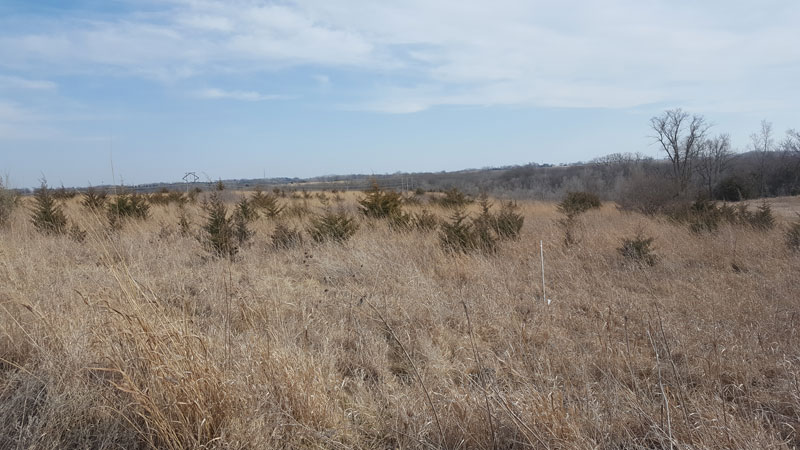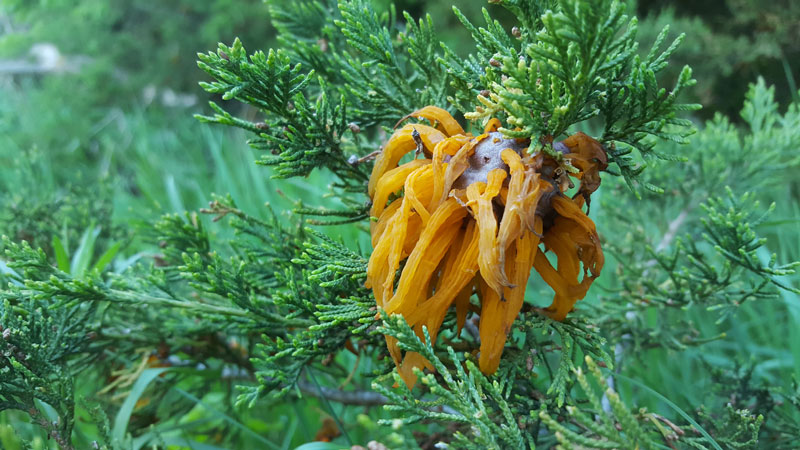Eastern Redcedar
Juniperus virginiana
Eastern redcedar were once rare and have now become abundant, and poses massive threats to Nebraska’s rangelands and the people, wildlife, plants and insects that depend on them. Grass fires historically prevented Eastern redcedar from becoming abundant in rangelands. People have not only removed fire from rangelands, but millions of Eastern redcedars have been planted in Nebraska, resulting in the rapid expansion of redcedar populations. Learn more about Eastern redcedar on the ERC Science Literacy Page. Reducing Woody Enchroachments in Grasslands Neb Guide here.
Impacts of ERC Encroachment
Eastern redcedar encroachment is often ignored because of the initially slow process of the encroachment. However, once redcedar is established it expands quickly, converting rangelands into redcedar woodlands and has major impacts on society and the environment including:
- Reduces forage for livestock and wildlife by 75%
- 80% decline in profitability for ranchers
- Reduces funding for public K-12 education generated through grazing leases
- Increases the risk that wildfires pose to society
- Displacement of upland game animals
- Displacement of many grassland bird species at 25% redcedar cover
- 75% reduction in small mammal diversity at 40% redcedar cover
- Redcedar is a host for cedar-apple-rust, a fungus that affects the health of apple trees
- 90% reduction in plant diversity underneath redcedar woodlands
- Up to a 40% decline in streamflow

Money spent by the School Land Trust controlling redcedar on land leased to ranchers for grazing. These lands are meant to generate income for Nebraska schools (Lally et al. 2016).
Lally, D., Bielski, C., Schick, B., Westerhold, C., Zahn, A., Allen, C., Anderson, B., Twidwell, D. (2016) Eastern redcedar invasion threatens funding for Nebraska’s public schools. UNL BeefWatch.



